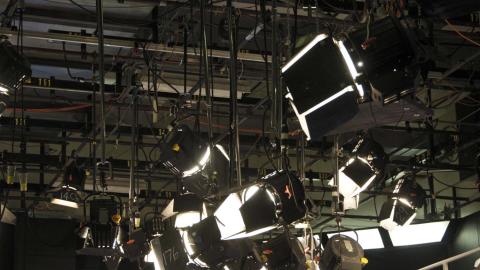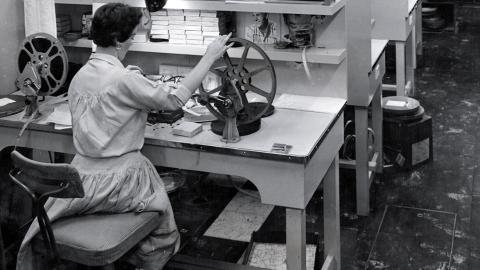

Networking

Networking: Commercial Television in Australia was written to address an absence in the media history of Australia. Although there had been various picture books that dealt with television in Australia and some of the networks had done nostalgic surveys of the past, there was no history that covered the full period of commercial television. Nor one that attempted to put the development of commercial television as institutional force in Australia in context; that covers the political, regulatory and business development of commercial television.
What I hope I have done with this book is to show the way to many more scholars who can research and write about the history of commercial television in Australia. In many places I feel that I have only scratched the surface of what there is to say. For example, although I follow the development of what I call the ‘audience commodity market’, that is the market established between the broadcasters and advertisers that is at the heart of commercial television as a business, there is much more work that needs to be done about the history of television advertising in Australia. Such a work could trace the evolution of businesses, business practices and individuals involved in television advertising.
There certainly needs to be more work done that makes full use of the extensive material that is held in the NFSA collection. Think of a full-blown history of Crawford Productions that not only traced the relationships with the networks, but made full use of the programming preserved to thickly describe such things as the stylistic changes from Consider Your Verdict (1961–64) through to Matlock Police (1971–75) and The Flying Doctors (1986–93). And what of other companies like NLT Productions or Fauna? They also deserve their histories.
Or what about the differences between television in various parts of Australia? Up until the mid 1980s the experience of television was not the same throughout the nation. Television did not start in Darwin until the early ’70s and many parts of Australia had only one commercial television service before the launch of the satellite.
I made considerable use of the NFSA’s oral history collection during my research. The work of those involved in recording those histories and preserving them is invaluable for scholars. It is essential to the preservation of our heritage. I am certainly very grateful for the assistance that the NFSA gave me during my research and I hope that many more take advantage of this rich resource.
Dr Nick Herd is Director of Research and Strategic Analysis at the Australia Council for the Arts. Networking: Commercial Television in Australia is now available from retail and online bookstores and publisher Currency House.
The National Film and Sound Archive of Australia acknowledges Australia’s Aboriginal and Torres Strait Islander peoples as the Traditional Custodians of the land on which we work and live and gives respect to their Elders both past and present.


